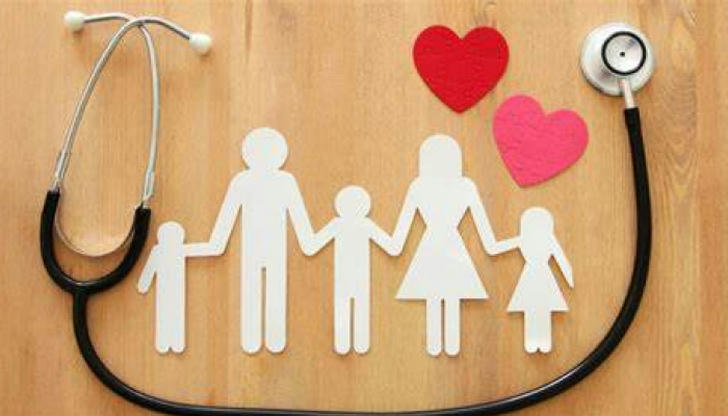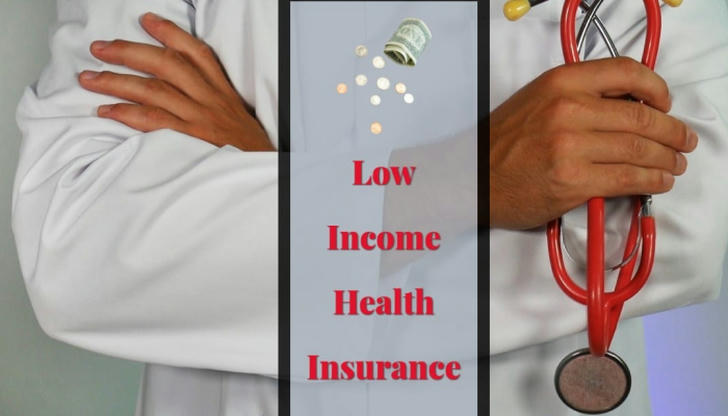Low-income health insurance: providing medical protection for vulnerable groups
In modern society, health protection has become one of the basic needs of everyone's life. However, with the continuous rise in medical expenses, low-income groups often face huge medical burdens.

In order to ensure that economically disadvantaged groups can face health problems without affecting their quality of life due to inability to pay medical expenses, low-income health insurance has emerged as an important social security system.
This article will explore the definition, implementation status, challenges and future development direction of low-income health insurance to help readers fully understand the importance and impact of this insurance system.
What is low-income health insurance?
Low-income health insurance is a medical insurance program specifically provided for low-income families or individuals. Unlike ordinary health insurance, the biggest feature of low-income health insurance is that it targets people with poor economic conditions and usually provides lower premiums or completely waives premiums. At the same time, the coverage includes regular physical examinations, hospitalization, emergency services, etc.
The purpose of implementing this health insurance program is to enable low-income groups to afford the necessary medical expenses, so as to avoid the deterioration of health problems caused by inability to afford medical treatment, and even cause family financial difficulties. Low-income health insurance is usually funded by the government, or it can be used to reduce the economic burden of low-income groups through subsidies.

Necessity of low-income health insurance
1. Ensure basic medical security
Low-income groups usually have low incomes and difficult lives. When faced with high medical expenses, they often cannot afford medical expenses, and may choose not to go to the hospital or postpone treatment, resulting in worsening health problems. Low-income health insurance provides these people with medical security to ensure that they can receive timely treatment when they encounter health problems.
Through low-income health insurance, the government can ensure that economically disadvantaged groups can also enjoy basic medical services, thereby protecting their physical health and reducing the occurrence of poverty due to illness.
2. Reduce economic pressure
High medical expenses are often a huge economic burden on low-income families. Whether it is daily outpatient treatment, emergency or hospitalization, these expenses often make economically disadvantaged families feel unbearable. Low-income health insurance reduces this burden for low-income groups by reducing or subsidizing premiums, helping them not to be at a loss because of cost issues when facing health problems.
3. Promote social equity
The fairness of medical services is an important foundation for social stability and harmony. Low-income health insurance promotes social equity by ensuring that low-income groups can enjoy medical services equally. Especially in the case of uneven distribution of health resources, low-income health insurance can reduce the gap between the rich and the poor, so that all members of society can get equal medical protection in the face of illness.
Through free or low-cost health insurance, low-income groups can enjoy the same medical treatment as other groups, reduce social inequality and dissatisfaction, and contribute to the long-term stability of society.

Current status of low-income health insurance implementation in various countries
1. United States: Medicaid
The low-income health insurance program in the United States is Medicaid. Medicaid is a program jointly funded by the federal government and state governments to provide medical insurance for low-income families, pregnant women, the elderly and the disabled. Medicaid provides free or low-cost medical services to eligible residents, including hospitalization, routine examinations, drug costs, emergency services, etc.
The implementation of Medicaid ensures that the groups in the United States who need medical help most can receive timely treatment. However, due to the complexity of the US medical system and the large differences in medical insurance services, Medicaid's coverage in some states is still limited, and the quality of service and waiting time are also one of the challenges it faces.
2. UK: National Health Service (NHS)
The UK's National Health Service (NHS) is one of the most influential public health insurance systems in the world. Although it is not specifically aimed at low-income groups, all British citizens and residents can enjoy free medical services with a wide range of coverage, including diagnosis, hospitalization, surgery, and medicines. For low-income groups, NHS provides them with completely free medical insurance without paying premiums.
The advantage of NHS is that it is efficient and widely covered, and almost all British residents can access medical services. Through this system, the health of low-income families is fully protected, which not only reduces the economic burden but also improves social fairness.
3. Canada: Medicare
Canada's Medicare provides free basic medical services to all citizens and permanent residents. The system is funded by taxes to ensure that every Canadian has equal medical insurance. For low-income groups, they do not need to pay for medical expenses and can rely entirely on the medical services provided by the government.
Canada's Medicare guarantees the basic health needs of every citizen, including hospitalization, surgery, routine examinations, etc. Since Canada implements a national unified medical insurance system, low-income groups can enjoy high-quality medical services through this policy and avoid economic difficulties caused by health problems.

Challenges faced by low-income health insurance
1. Funding pressure
One of the biggest challenges of low-income health insurance is funding pressure. Although the government can provide funds for low-income health insurance through taxes, fiscal subsidies, etc., as medical expenses continue to rise, how to ensure sufficient medical insurance funds has become a problem faced by many countries. Especially in the case of economic downturn, how to ensure the sustainability of the low-income health insurance system is a key issue.
In order to deal with this problem, the government may need to optimize resource allocation, such as taking measures such as controlling medical costs and improving the efficiency of the use of medical insurance funds to ensure that the low-income health insurance system can operate stably in the long term.
2. Unbalanced medical resources
In many countries and regions, there is an uneven distribution of medical resources, especially in remote areas, where medical services may be scarce and low-income groups often find it difficult to get timely medical help. Although low-income health insurance can provide financial protection, the effect of insurance will be greatly reduced if medical resources are insufficient.
In order to solve this problem, the government needs to increase investment in medical resources, especially in primary medical construction, to ensure that low-income groups can enjoy medical resources fairly.
3. Lack of health management awareness
Although low-income health insurance can provide medical protection for low-income groups, some people have a weak awareness of health management and may miss the best treatment time due to neglect of health problems. This phenomenon is particularly serious in some remote areas, where residents have low health awareness and it is difficult to fully utilize the advantages of health insurance.
In order to solve this problem, the government can improve the health management awareness of low-income groups through health education, publicity and early prevention, so as to encourage them to seek medical treatment in time at the early stage of the disease, thereby improving the effect of health insurance.

Future development of low-income health insurance
1. Expand coverage
With the development of global health, the coverage of low-income health insurance is expected to expand further. More countries and regions may adopt similar low-income health insurance systems to ensure that all economically disadvantaged groups can obtain basic medical insurance. In particular, developing countries can promote the implementation of low-income health insurance through international aid, government subsidies, etc.
2. Reform of medical insurance management
In order to improve the efficiency and quality of low-income health insurance, future reforms may focus on medical insurance management and resource allocation. By optimizing the allocation of medical resources, improving the efficiency of medical services, reducing waiting time, etc., ensure that low-income groups can get effective medical services in a timely manner.
3. Innovative medical service model
With the continuous development of science and technology, low-income health insurance in the future may combine modern technology to innovate medical service models. For example, the application of emerging technologies such as telemedicine and online consultation can enable low-income groups to avoid waiting for medical services for a long time, while reducing medical expenses and providing them with more convenient medical insurance.
Conclusion
Low-income health insurance is not only a policy tool, but also an important part of the social security system. It provides medical insurance for low-income groups to ensure that they can get timely treatment when facing health problems, avoid poverty due to illness or fall into trouble due to excessive medical burden. Although low-income health insurance faces challenges such as financial pressure and unequal resource distribution, the future of low-income health insurance is full of hope with the advancement of technology and reform of management. Through these efforts, low-income groups will no longer feel helpless in the face of disease, enjoy equal medical protection, and promote social fairness and progress.
